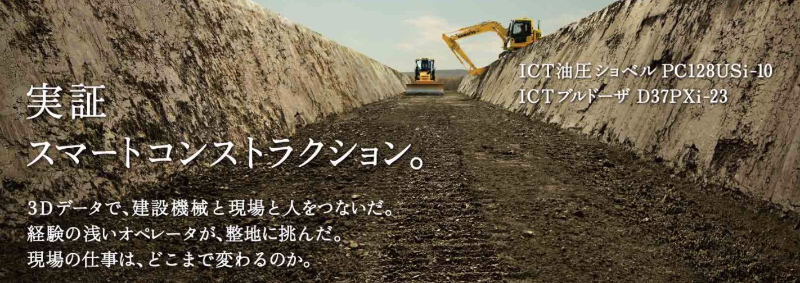
.brands Spotlight: Manufacturing industry
The .brands Spotlight series takes a deep-dive into interesting facets of the .brands space, looking at Stats Hub data to find insights about how .brands are being used across different industries, regions and organizations. This Spotlight piece focuses in on the global manufacturing industry.
Summary
When considering .brand domain adoption, there are some industries that you’d expect to be early adopters of this new technology. Those that are already heavily dependent on internet technology, especially in attracting and retaining customers, can easily identify the potential benefits of .brands – such as in the banking and finance, and automotive industries.
However, for sectors that operate in a more business-to-business (B2B) market, the potential of the .brands space lies in different opportunities. While the manufacturing industry has a relatively lower number of domains registered compared to some other industries, its insights for differing usage are interesting and could provide guidance for other industries – particularly those that are not as retail- or consumer-focused.
Key statistics
Total TLDs delegated: 25
Including
BOSCH HITACHI KOMATSU TORAY SENER
Total domains registered
Average domains per .brand
- Proportion of active TLDs (more than 2 domains registered) 60%
- Growth in active domains in 2017 46%
- Proportion of active domains (resolving or redirecting) 66%
Key use cases
home.komatsu
Japanese manufacturing giant Komatsu have fully adopted its .komatsu TLD, transitioning its previous homepage to home.komatsu.
socialmedia.linde
German engineering and gas company the Linde Group has set up a number of clever redirects to sections of its corporate website.
aerospace.sener
Spanish engineering and technology group SENER created dedicated sites for its various divisions including aerospace.sener, marine.sener and poweroilandgas.sener.
Industry spotlight: Audi leading the way
High usage, high growth, and some full transitions
Of the 15 brands that have transitioned their homepage a .brand TLD, two of them come from the manufacturing industry – Komatsu and Sener. This places the industry equal with the industrial sector, and just behind banking and finance in terms of full transitions.
Also of note is the significant growth this sector has experienced. With regards to active domain names – those resolving or redirecting to a live site – the manufacturing sector has grown by 46% in 2017, compared to insurance for example, which has the highest number of domains but just 19% growth in 2017. In fact, 66% of manufacturing .brand domains are in active use, compared to 49.8% across all industries – meaning that this sector’s usage is higher on average than others.
.brands and B2B: a variety of usage models
There is significant variation between the .brand strategies used by brands in the manufacturing industry. Despite their vastly different approaches, each of these show the utility of .brand domains outside of the retail or consumer-focused markets, and provide great examples of how all types of businesses can adopt .brand domains.
1. Business units
Sener and Komatsu for example, have created a number of domains structured around different business units. This allows the units to have their own dedicated pages, with more intuitive web addresses to reach this information deep within the brand’s site. For example, Sener has created infrastructureandtransport.sener, engineeringandconstruction.sener and aerospace.sener; and Komatsu has registered smartconstruction.komatsu and sanki.komatsu.
2. Brand identity
ABB has used its .brand as part of its overall branding and corporate identity efforts, building an eye-catching landing page with great imagery that explains details of ABB’s branding. The site at brand.abb ties the concept of ‘brand’ right back to its identity online and offline by using the .abb TLD.
3. Product-focused
Toray has adopted an approach similar to that of using business units, but instead focused on specific products and services. This allows for the brand name to be reinforced every time the product is mentioned, while also creating an intuitive naming structure that customers can predict and replicate any time they are looking for a product from these brands. Examples include sportstextiles.toray and nanoalloy.toray.
4. Geographic
Linde has used widely-recognized, two-character country codes to create dedicated sites for different geographic regions, allowing customers to navigate by location using terms they already know and recognize. For example, es.linde redirects to the existing Spanish landing page, and ca.linde forwards visitors to Canadian content. This is just one example of the way .brands can aid geo-targeted marketing, for more on this read our whitepaper ‘Think global, act local: Geo-targeting & your .brand’.
Conclusion
Because they operate in a space that is less consumer-facing or focused on mainstream retail channels, .brands in the manufacturing sector have a different approach to using their branded TLDs. In general, the strategies that have emerged so far support better site navigation; clearer branding of business units, products and services; and strengthened corporate identity online. Each of these contributes to the overall strength of an organization in its own way, and together they provide some new and innovative ideas of how .brands can support business objectives.
GoDaddy acquired Neustar's registry business as of August 3, 2020.
Subscribe
Stay up to date with the latest .brand news and views by entering your email below.






